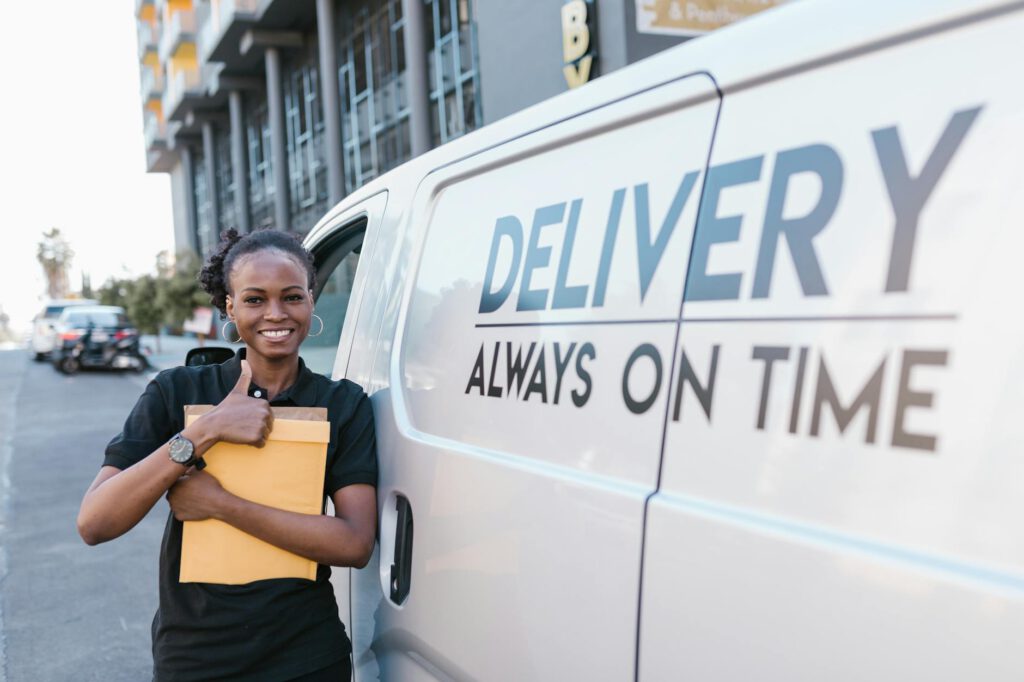Turning Your Side Hustle into an RPG: Level-Up Challenges for Customers
Introduction
Side hustles have become a cornerstone of modern entrepreneurship, offering financial freedom and creative fulfillment. But what if you could make your side hustle even more engaging—not just for you, but for your customers? Gamification, particularly through role-playing game (RPG) mechanics, can transform your business into an interactive adventure where customers feel like heroes on a quest.
By integrating RPG elements—like leveling up, earning rewards, and completing challenges—you can boost customer engagement, loyalty, and sales. This article explores how to gamify your side hustle, turning everyday transactions into epic achievements.
Why Gamification Works for Side Hustles
Gamification taps into human psychology. People love progress, competition, and rewards—core elements of RPGs. When applied to business, these mechanics:
- Increase engagement: Customers return to “complete” challenges.
- Boost retention: Loyalty programs feel more like a game than a chore.
- Encourage referrals: Players (customers) invite friends to join the “quest.”
For side hustlers, gamification is a low-cost, high-impact strategy to stand out in crowded markets.
Subtopic 1: Designing Your Side Hustle RPG Framework
The Core Mechanics
To turn your side hustle into an RPG, you need a structured framework. Think of your business as a game world where customers progress through levels. Here’s how to design it:
1. Define the “Quest” (Customer Journey)
- Example: A freelance graphic designer could frame projects as “missions.” Completing a logo design = “Defeating the Boss Monster.”
- Action Step: Map your customer’s journey and assign RPG terms (e.g., “Newbie,” “Apprentice,” “Master”).
2. Create a Leveling System
- Detail: Reward customers for repeat purchases, referrals, or social shares.
- Example: A bakery could offer “XP points” for every purchase. 100 XP = free pastry.
3. Unlockable Rewards
- Strategy: Offer exclusive perks at higher levels (e.g., early access, discounts).
- Tool: Use apps like Gamify or LoyaltyLion to automate rewards.
Subtopic 2: Implementing Challenges and Achievements
Step-by-Step Strategies
Challenges keep players hooked. Apply these to your side hustle:
1. Daily/Weekly Quests
- Example: A fitness coach could assign “daily workouts” for points.
- Tip: Keep challenges simple but rewarding.
2. Boss Battles (Big Goals)
- Detail: Encourage larger purchases or commitments.
- Example: “Spend $50 this month to unlock the ‘Elite Shopper’ badge.”
3. Team Quests (Community Challenges)
- Strategy: Foster group engagement (e.g., “Refer 5 friends to unlock a group discount”).
Tools to Execute Challenges
- Discord: Create a community hub for challenges.
- KickoffLabs: Run referral-based “quests.”
Subtopic 3: Tracking Progress and Feedback
Why Progress Bars Matter
Customers need visibility into their achievements. Use:
– Progress Trackers: Tools like Punchcard or Stamp Me visually display XP.
– Badge Systems: Award digital badges (via Credly) for milestones.
Gathering Player (Customer) Feedback
- Surveys: Ask what challenges they enjoy.
- A/B Testing: Try different reward systems to see what sticks.
Tools and Resources for Gamification
- Loyalty Programs:
- Smile.io (for e-commerce)
-
Yotpo (integrates with Shopify)
-
XP and Badge Systems:
- Gametize (no-code gamification)
-
BadgeOS (for WordPress sites)
-
Community Engagement:
- Mighty Networks (build a branded “guild”)
FAQs
1. Won’t gamification complicate my side hustle?
Not if you start small. Use simple tools like Google Sheets to track points before investing in software.
2. How do I prevent abuse of rewards?
Set clear rules (e.g., “One account per customer”) and monitor activity.
3. What if my customers aren’t “gamers”?
Gamification works universally—think Starbucks’ rewards program. It’s about progress, not just games.
Conclusion
Turning your side hustle into an RPG isn’t about pixels or fantasy—it’s about making customer interactions fun and rewarding. By designing quests, offering unlockable perks, and tracking progress, you’ll create a sticky, engaging experience that keeps customers coming back.
Start small, test mechanics, and watch your side hustle level up from a solo grind to a community-driven adventure. Ready to press start? Your quest begins now.

